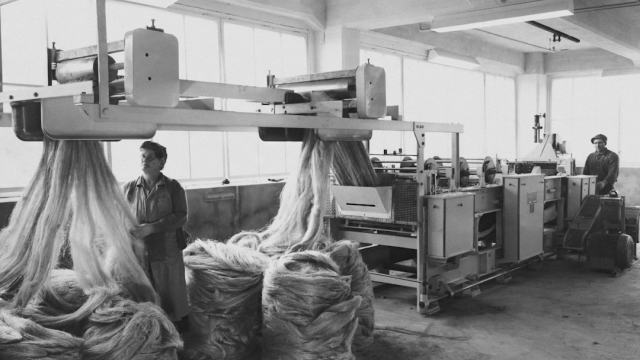In a world where efficiency and productivity are paramount, the need for advanced solutions in various sectors is increasingly evident. One area where this need is particularly pronounced is in laundry operations, whether in commercial settings, healthcare facilities, or hospitality environments. laundry automation systems offer a compelling way to streamline these processes, reducing labor costs and enhancing operational efficiency. This article delves into what laundry automation systems entail, their benefits, key features to consider when selecting one, and real-world examples of successful implementations.
Overview of Laundry Automation Systems and Their Benefits
Laundry automation systems encompass a range of technologies and processes designed to optimize the laundry workflow. These systems can include automated washers and dryers, sorting machines, and software solutions that facilitate inventory management and tracking. By integrating various components, laundry automation systems can significantly enhance productivity while minimizing the manual labor traditionally associated with laundry operations.
The benefits of implementing such systems are numerous. First and foremost, they lead to increased efficiency. Automated processes can handle larger volumes of laundry in less time, allowing businesses to meet growing demand without a corresponding increase in labor costs. Additionally, these systems often improve consistency and quality, as machines operate with precision and are less prone to human error.
Cost savings also play a crucial role. By reducing the need for excessive manual labor and optimizing water and energy usage, businesses can realize significant financial benefits over time. Moreover, laundry automation systems can enhance the overall customer experience by ensuring that linens, garments, and other items are cleaned and available when needed.
Key Features to Consider When Selecting a Laundry Automation Solution
When evaluating laundry automation systems, there are several key features to consider to ensure that the chosen solution meets specific operational needs.
1. Scalability
It is essential to select a system that can grow with your business. Scalability allows for the addition of new machines or software capabilities as demand increases, ensuring that the system remains effective over time.
2. Integration Capabilities
Look for solutions that can seamlessly integrate with existing systems, such as inventory management or point-of-sale software. This integration can streamline operations further and provide a holistic view of the laundry process.
3. User-Friendly Interface
A system with an intuitive interface can reduce training time for staff and facilitate easier management of laundry operations. A user-friendly design can enhance productivity and minimize the potential for errors.
4. Energy Efficiency
Given the rising costs of utilities, selecting energy-efficient machines is crucial. Many modern laundry automation systems are designed to use less water and power, contributing to lower operational costs.
5. Maintenance and Support
Consider the level of support and maintenance offered by the provider. A reliable service plan ensures that any issues can be resolved quickly, minimizing downtime and disruption to laundry operations.
Case Studies of Successful Laundry Automation Implementations
Real-world examples of laundry automation systems illustrate their impact on operational efficiency and cost savings. For instance, a large hotel chain implemented an advanced laundry automation solution that included automated sorting and washing machines. As a result, the hotel reduced its labor costs by over 30% while significantly improving turnaround times for linens and uniforms. Guests noted a marked improvement in the quality and freshness of their accommodations, directly correlating with these operational enhancements.
In another case, a healthcare facility adopted laundry automation systems to manage the high volume of linens required for patient care. By automating the washing and drying processes, the facility was able to reduce its laundry staff by half while also ensuring compliance with strict hygiene standards. The investment not only paid for itself within a year but also contributed to improved patient satisfaction and safety.
In conclusion, laundry automation systems present a powerful opportunity for businesses seeking to enhance their operational efficiency and reduce costs. By understanding the key features to look for and learning from successful case studies, organizations can make informed decisions that lead to significant improvements in their laundry operations.
For those interested in exploring specific options, various providers offer tailored solutions that can meet unique operational needs. To learn more about the available products, visit this link.

